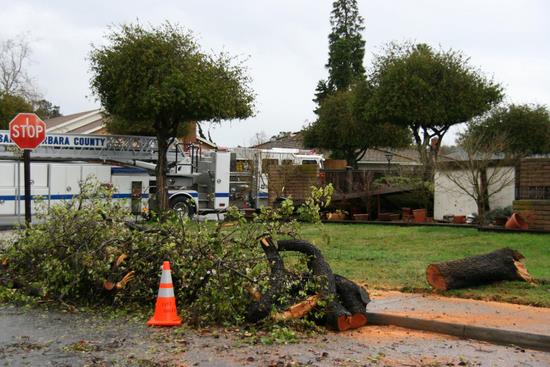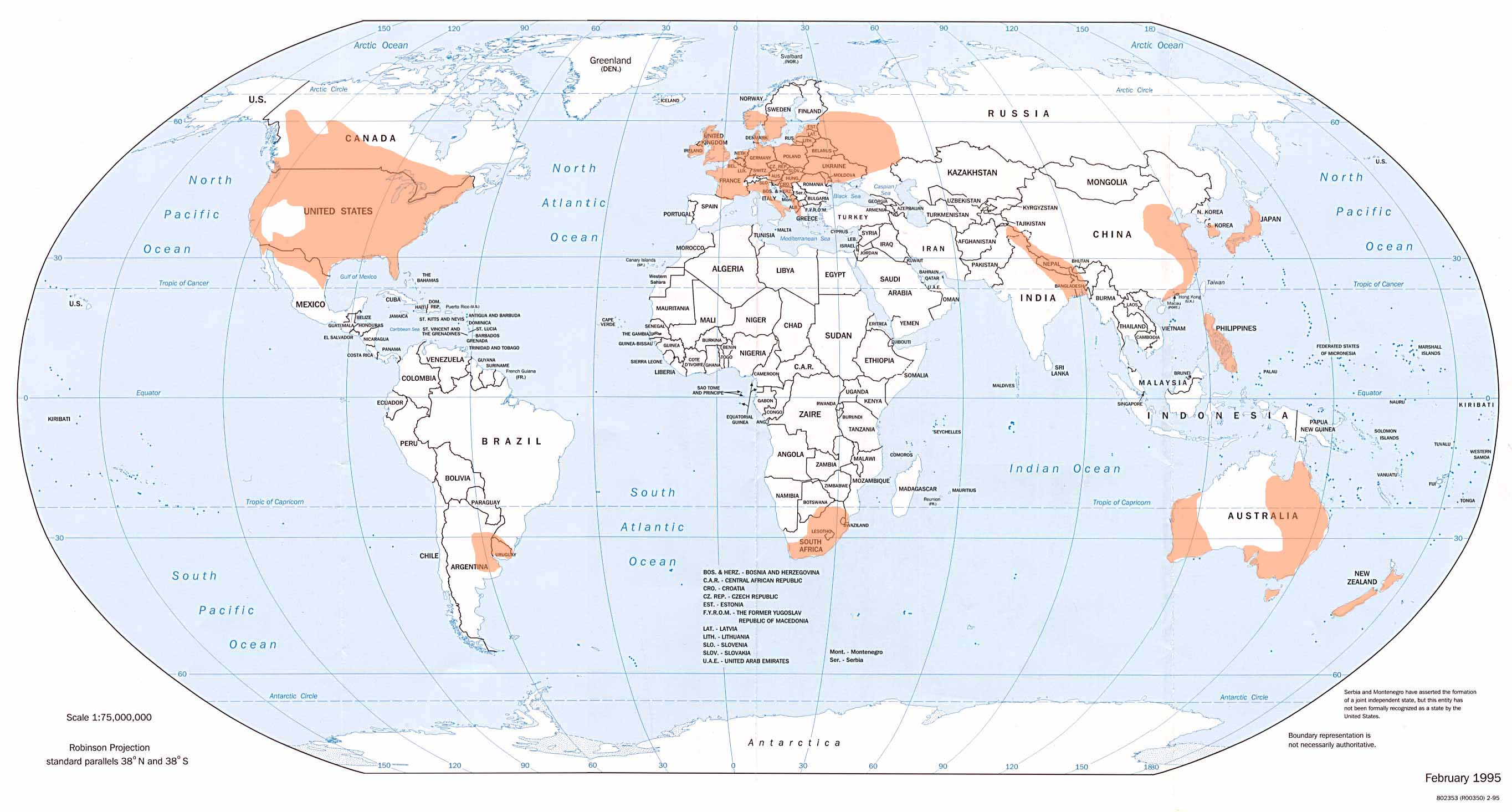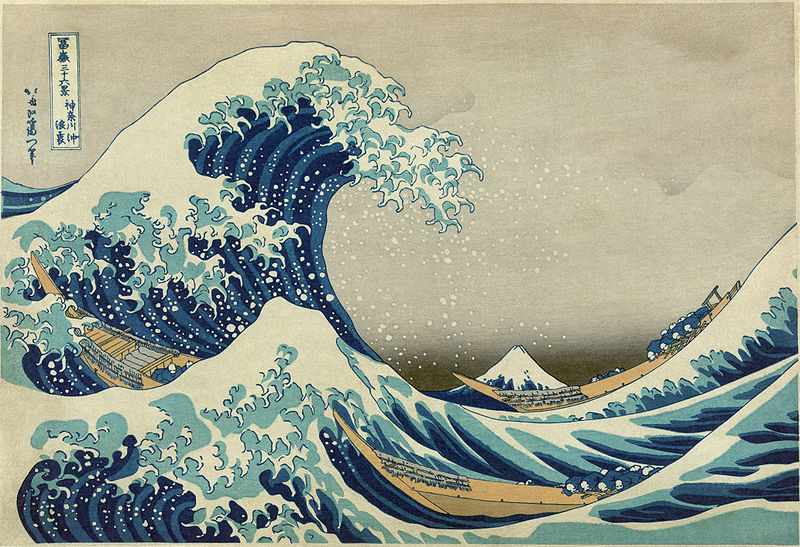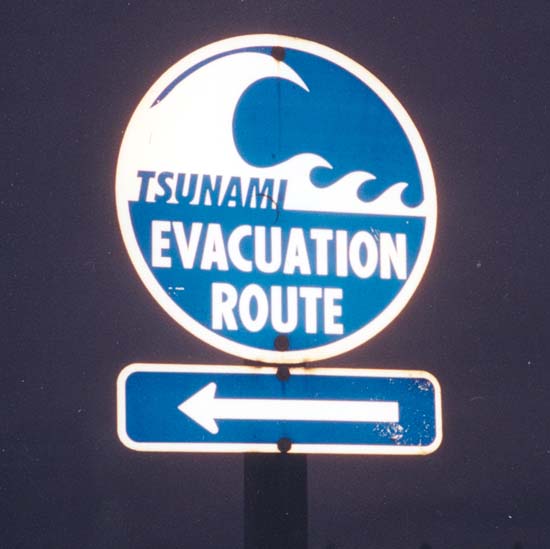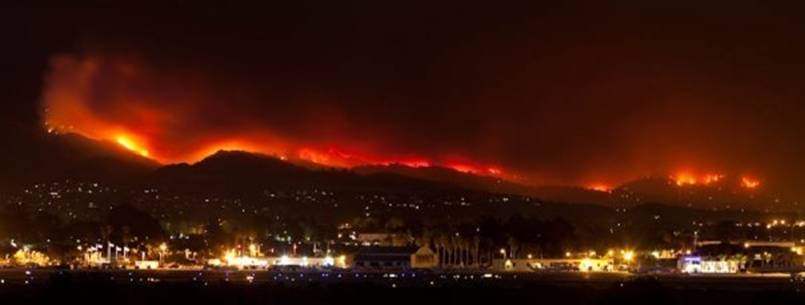Santa Barbara ranks number 4 on a list of the top 10 U.S. cities with the least weather variety, but reports of a small tornado touching down in nearby Goleta on Tuesday, January 19, are a reminder that it doesn’t pay to be totally complacent about our local weather. When Santa Barbara County fire crews arrived at the reported site near Phelps and Pacific Oaks roads, they found no injuries but some minor destruction—a large tree was uprooted, roof shingles were ripped off several houses, and a fence was blown down: “There is evidence that suggests a small tornado might have briefly touched down, but it was not witnessed,” according to a statement from the fire department.
While the recent Goleta incident was relatively minor, Santa Barbara has had at least one major tornado in times gone by. “According to historian Walker A. Tompkins, one of Santa Barbara’s least-known historical events involves a terrible cyclone which struck the town on the last day of the year in 1878. There was an appalling loss of property and one hundred lives taken.” Walker tells the story in It Happened in Old Santa Barbara (Sandollar Press, Santa Barbara, CA, 1976). “The dawn of that memorable December 31 found Santa Barbara whip-lashed by a torrential southeast rain which turned the city’s unpaved streets into a quagmire. Gale force winds and violent thunder over the mountains and sea canceled many plans for New Year’s Eve watch parties in Santa Barbara churches and homes.”
“By nightfall the wind had increased to a gale, piling up heavy surf on the beaches against Stearns Wharf. Then the storm developed into a full-fledged tornado – a Twister. This cyclone, the only one in the history of Santa Barbara, headed for shore, wrecking a Chinese junk in route. It crossed West Beach at the foot of Bath Street, carrying tons of seawater in its whirling vortex… fences and light buildings were removed like feathers…North of Carrillo Street the tornado petered out. The destructive funnel tip lifted and its lethal force dissipated skyward. The destruction was confined to the west of State Street along a very narrow path, as is typical of cyclones, but that path had started out at sea, and wrecked or sank almost every small craft moored in the lee of Stearns Wharf. Santa Barbara has never had a real cyclone since”.
Last September’s tsunami advisory for Santa Barbara and the Central Coast, caused by a magnitude 8.0+ temblor near Samoa, has a similar dichotomy. While the recent event only resulted in minor wave fluctuations of less than one foot locally, the largest California tsunami in the Santa Barbara Coast region supposedly occurred on December 21, 1812, following an earthquake that devastated Santa Barbara. According to later reports, the tsunami generated a wave up to 50 feet high which swept inland up to 1 mile. However, “No corroboration for those accounts has been found in the contemporary historical record; there is no mention of any effects upon the ocean from the well-documented earthquakes of 1812-1813, other than a single statement that ‘the sea was agitated’ at San Buenaventura. The latter-day accounts are shown to be variously erroneous, distorted or exaggerated, at best” (projects.crustal.ucsb.edu).
One last note on our local weather, also in relation to Goleta: “The city’s geography at the feet of the Santa Ynez Mountains has made it subject to sudden, extremely hot winds locally called ‘sundowners,’ similar to the more famous Santa Ana winds in the Los Angeles and San Diego regions. They are caused by high pressure drawing dry air from the inland side of the mountains, whereupon they can become superheated as they rush down the city’s side. On June 17, 1859, a sundowner wind rushed through Goleta and rapidly raised the temperature to 133 degrees Fahrenheit (approximately 56 degrees Celsius) in a matter of minutes. People were forced to take shelter immediately; when they emerged they saw that most animals and plants had been killed. It was the highest temperature recorded in the United States until 1913” (Wikipedia article on the City of Goleta) when Death Valley recorded the current record temperature of 134° F (57° C).
While Santa Barbara residents may remain complacent about the possible recurrence/occurrence of a major tornado or tsunami, they take their sundowners very seriously. The gale-force hot and dry winds of a sundowner can make firefighting impossible, as was the tragic case in the 1990 Painted Cave Fire and the recent Jesusita Fire. As previously stated, it doesn’t pay to be complacent about Santa Barbara weather.

